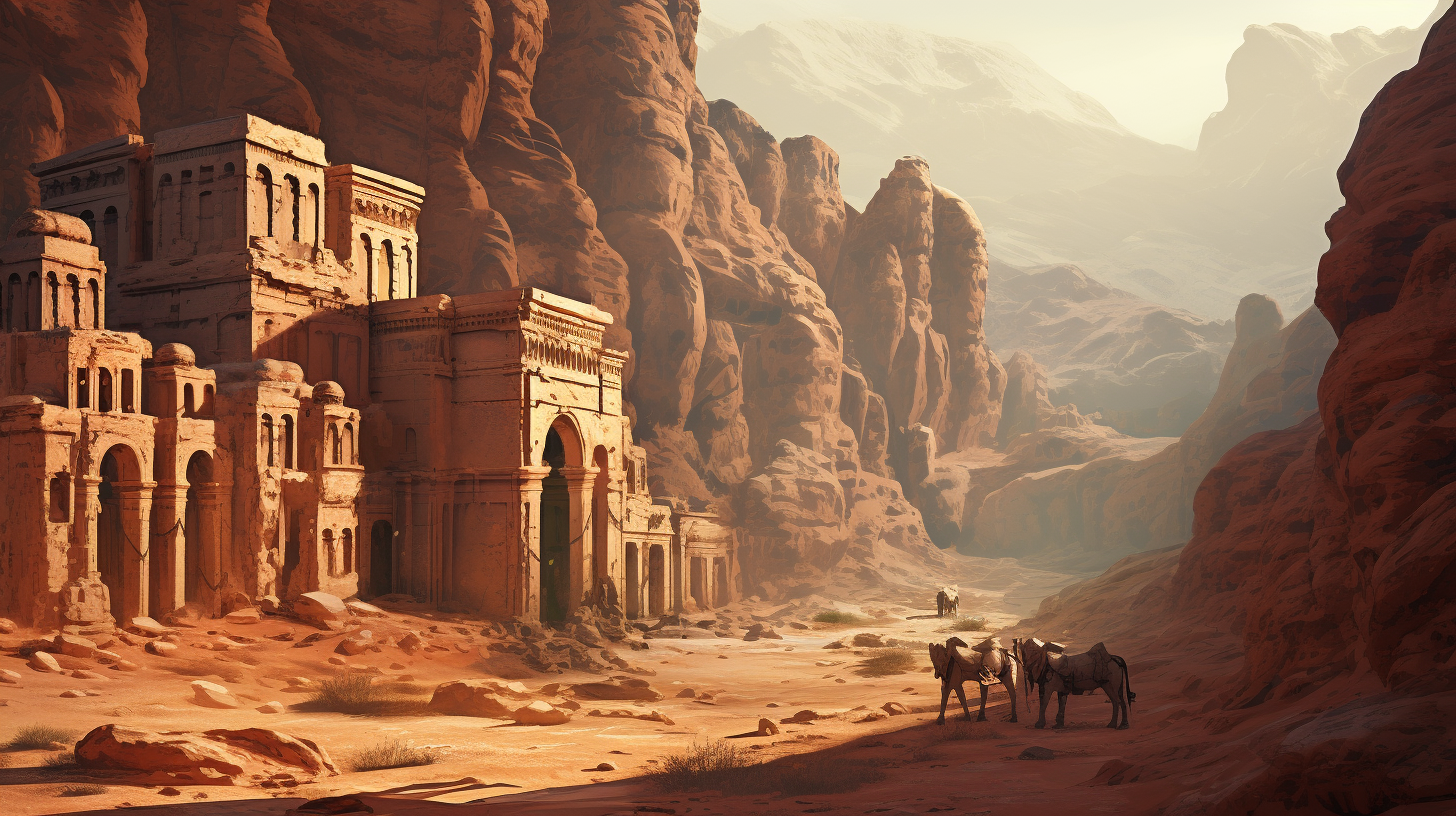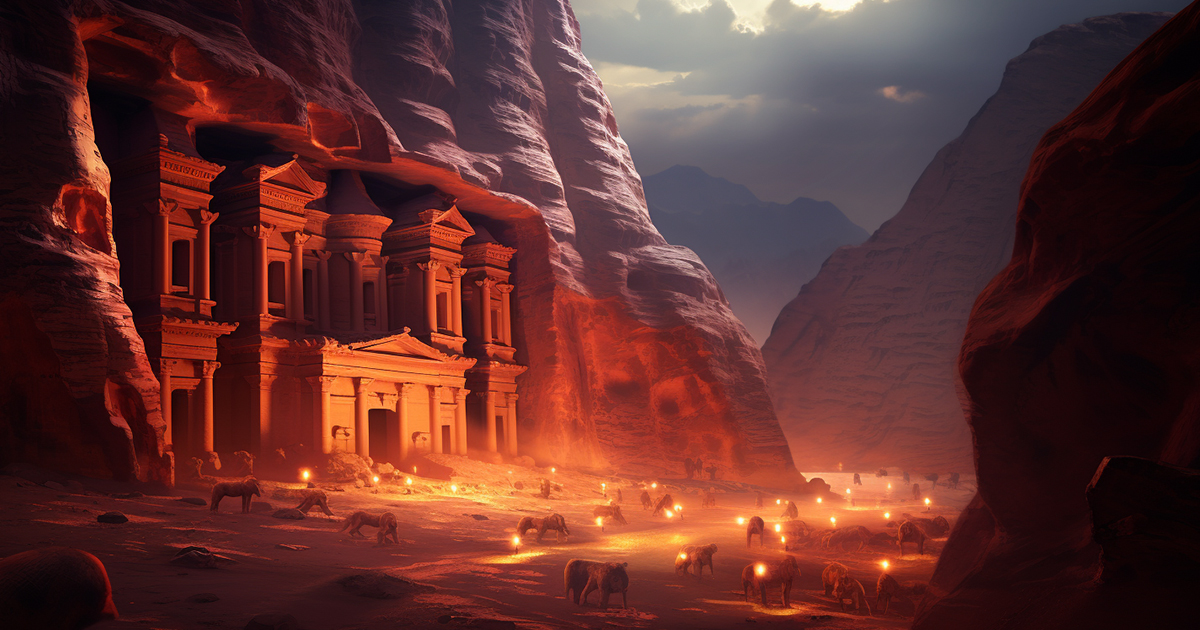Embarking on a groundbreaking expedition in 1812, Johann Ludwig Borchard, an intrepid explorer and expert cartographer, ventured across the expanse of the Middle East. His daring ambition led him to seek out the enigmatic secrets shrouded within the barren landscapes of Jordan, specifically the fabled city of Petra. This audacious odyssey marked a pivotal moment, breathing life back into a civilization long forgotten.
Challenged with peeling back the layers of mystery veiling Petra, Borchard encountered a formidable obstacle. The city had remained a covert enclave for generations, its precise whereabouts safeguarded by the local inhabitants. To crack this ancient enigma, Borchard adopted a meticulous strategy.
Engaging in an immersive exploration of the nuances of the native Arabic tongue, he meticulously crafted a guise that allowed him to seamlessly blend into the fabric of Bedouin society. Through covert maneuvers, he navigated through a tumultuous region rife with distrust and hostilities towards foreigners.
After enduring a taxing journey rife with cryptic clues and relentless pursuits, Borchard’s perseverance finally bore fruit. Venturing through a narrow, shadowy canyon within the arid wilderness, he was greeted by the breathtaking spectacle of Petra’s majestic ruins unfolding before him.
The sprawling ancient city, masterfully hewn into the rugged rock formations, exceeded all expectations. In the annals of history, Borchard etched his name as the first European in five centuries to lay eyes upon Petra, captivating audiences worldwide with his vivid tale.

Once a thriving hub bustling with 30,000 to 50,000 denizens, Petra flourished between 500 BC and 500 AD. It embodied a bustling urban center with a bustling central precinct, lively thoroughfare, and an assortment of architectural wonders.
The Nabateans, the visionaries behind Petra, melded elements from Greek Hellenic, Graeco-Roman, Syrian, and Iraqi cultures to sculpt the awe-inspiring edifices that define the city’s skyline.
Boasting over 800 meticulously crafted structures, Petra has left an indelible imprint on history. In 2007, it earned a prestigious spot as one of the New Seven Wonders of the World, cementing its status as a global treasure.
Despite its acclaim, the mysteries enveloping Petra’s decline have confounded historians. Recent inquiries spearheaded by archaeologist Thomas Paradise, leveraging cutting-edge technologies like GIS and laser scanning, have cast fresh illumination on the matter.

New findings propose that a catastrophic deluge ravaged Petra in the 5th century, inflicting enduring devastation upon the downtown precinct.
Despite reconstruction initiatives post-tragedy, this calamitous event signaled the onset of Petra’s gradual descent from its zenith.
Beyond its historical import, Petra intertwines with biblical sagas. At the pinnacle of Petra sits Jebel Haroon, or Aaron’s Mountain, where folklore suggests Aaron, the brother of Moses, found eternal repose. Over millennia, pilgrims have embarked on pilgrimages to this revered site, upholding an age-old tradition.
Video:
Dubbed the “forgotten stone city,” Petra lingers as an enigmatic enigma. Its narrative, fading from historical archives, continues to pique interest. As we delve deeper into the recesses of Petra in the forthcoming years, the pursuit of unraveling its mysteries holds the promise of even grander revelations than those already unearthed.
